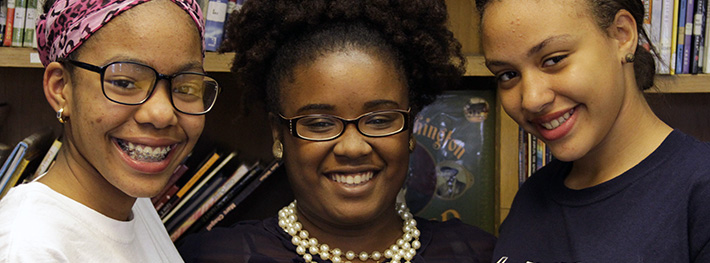The process of crafting a thoughtful theory of change can be instrumental in guiding improvements in program design – and more.
Strong theories of change enable organizations to define how they will achieve their missions and identify metrics to progress.
During the first stage of PropelNext, grantees use the “theory of change process” as a vehicle to make core decisions about which youth are best suited for their program, what the program aims to accomplish, and how they expect to get there. They receive guidance and support from our consultants, both individually and at group learning sessions.
But producing a theory of change on paper is only the first step. Organizations then work to align their programs, services, staffing and other resources to carry out the theory of change. This may involve tough choices for leaders, including restructuring staff, growing effective programs, and shedding or redesigning ineffective ones.
Strong theories of change also help grantees determine what data needs to be collected and how best to analyze it so they can make better strategic decisions and identify program and organizational improvements.
We and our grantees consider theories of change to be “living documents” and expect to revisit, update and improve them regularly as organizations learn how their theories bear out under the realities of implementation.
Learn more about PropelNext‘s Theory of Change.
